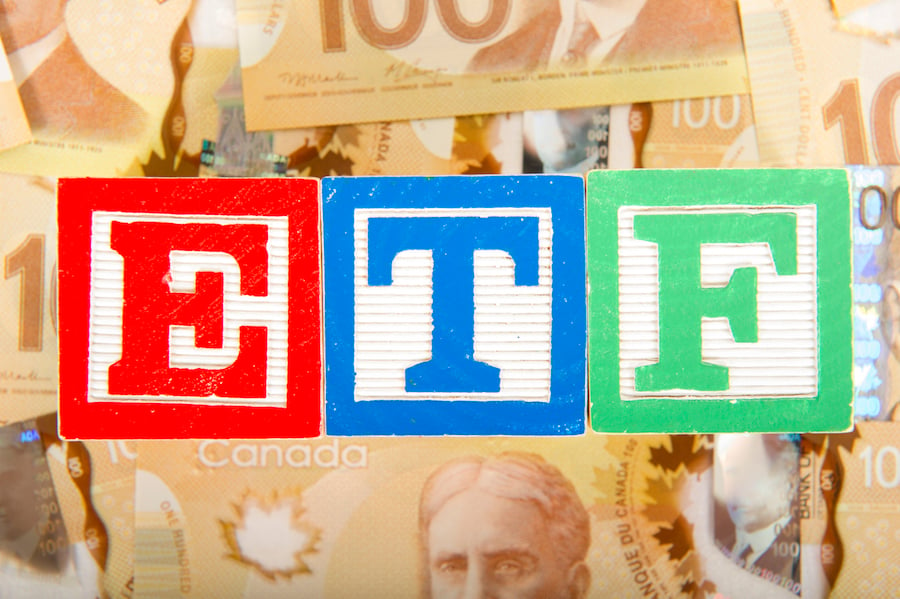If you're the type of person who constantly ponders new ways to invest in just about anything, you might have a promising future in the world of exchange-traded funds.
But you'd better hurry, because many of the more creative ideas are already on the market.
For example, you can tap into the growth of the cyber-security industry with PureFunds ISE Cyber Security ETF (HACK), or make a concentrated bet on the airline industry with U.S. Global Jets ETF (JETS).
Note the clever ticker symbols — that's part of the fun.
A few weeks ago we saw the launch of Market Vectors Generic Drugs ETF (GNRX), but if that's too general for you, there's also Loncar Cancer Immunotherapy ETF (CNCR), which tracks an index of companies dedicated to fighting cancer.
If you want to get a little more creative, there are strategies like Reality Shares DIVS ETF (DIVY), which buys swaps to make a bullish bet on the direction of corporate dividends.
And, just because it can, earlier this month Reality Shares launched the DIVCON Dividend Defender ETF (DFND), which goes long the strongest dividend payers and shorts companies expected to cut dividends.
FREE DONUTS
The enthusiastic mood of the ETF industry, now totaling more than $2 trillion across more than 1,800 funds, was on full display in Hollywood, Fla., earlier this week at the annual Inside ETFs Conference.
While the agenda was chock-full of ETF how-to sessions, industry challenges, opportunities and the usual
bruising criticism of smart beta strategies, it would have been difficult to miss the undercurrent of good old-fashioned entrepreneurial spirit that is driving a lot of the innovation.
When Kevin Carter, founder of Big Tree Capital, launched the
Restaurant ETF (BITE) in October, he said one of his biggest challenges was coming up with a catchy ticker symbol.
Mr. Carter, who touts data showing growth patterns of consumer spending in restaurants, promoted his new ETF at the conference by paying young women to walk around and give away donuts, while wearing tight shirts emblazoned with the ticker symbol, BITE.
While that promotional strategy, Mr. Carter admits, was a bit tacky, it sort of fit in with the environment which felt like what an app store might be like if there was a physical store that sold apps.
RESTAURANTS, INTERNET FIRMS
As summed up by one exhibitor at the conference, it now seems like you can find any type of ETF you want. And if you don't see it today, it will probably be created tomorrow.
For that, you can thank people like Mr. Carter, who is also the proud creator of Emerging Markets Internet & Ecommerce ETF (EMQQ). But you can also thank the cottage industry of firms offering white-label ETFs that now make it possible to launch a new fund in about 90 days for around $100,000 in start-up costs.
“You don't need to invent 4-D printing, or Wi-Fi,” Mr. Carter said of his idea to just package together publicly-traded restaurant companies and sell it as a new investment idea.
While U.S. restaurants and emerging-market internet companies might not seem to have a lot in common, from Mr. Carter's perspective, they both represent niches that had not previously been filled.
It's too early to judge the restaurant ETF, but the concentrated emerging-markets play did show some promise last year with a 5% gain, compared to a 15.8% drop by
broader emerging markets exposure through Vanguard FTSE Emerging Markets ETF (VWO).
NEW FUNDS
Over the past 10 years, ETF assets have grown by 600% and the total number of funds has grown by 723%, which helps explain the creative efforts to position products in the space.
Last year the industry launched 274 new ETFs, while 100 funds were liquidated.
Because so much of broad-market exposure is already covered with low-cost products, innovators have to compete by carving out new slices of what might already exist.
In other words, you can pay 75 basis points for a concentrated allocation to restaurants with BITE, or you can pay 15 basis points for Consumer Discretionary Select Sector SPDR Fund (XLY) where restaurants make up about 11% of the fund.
“The good thing about all these new types of ETFs is that there are a lot of holes in the theoretical product line that are being filled,” said Todd Rosenbluth, director of mutual fund and ETF research at S&P Capital IQ.
“It's good for investors, because if they want certain exposure, they can get it,” he added. “But you have to have conviction that those industries are worth of the extra exposure, and extra expense.”
The ETF industry used to be a place where the biggest advantage was being first to market. But as the marketplace paves the way for edgy innovators to launch funds based on whatever tickles their fancy, the bigger players can now sit back, see what works, then roll out much cheaper versions.
So, don't be too distracted by everything that is being thrown against the wall in the ETF world these days, because you'll know when something sticks. In the meantime, just enjoy the free donuts.







